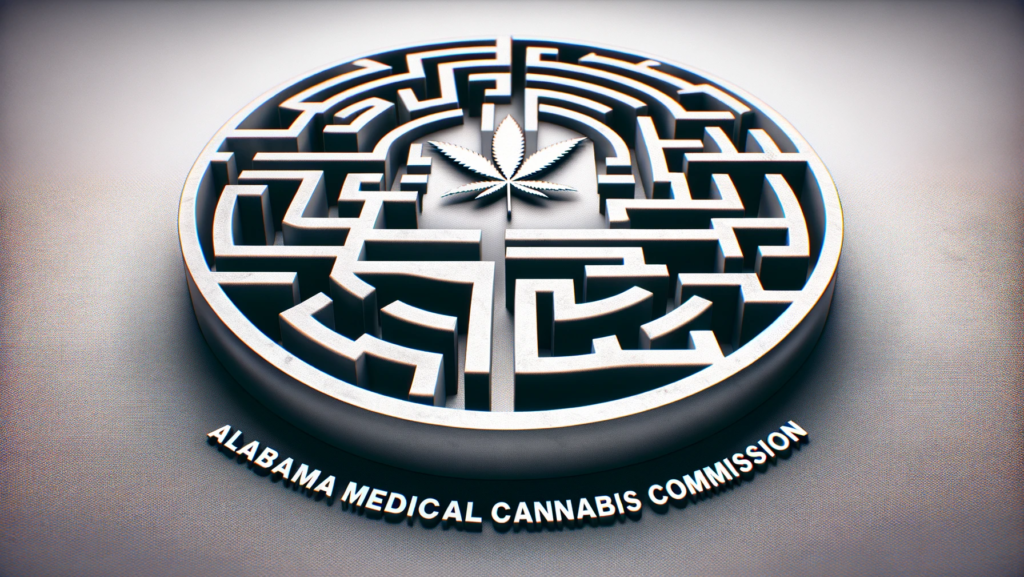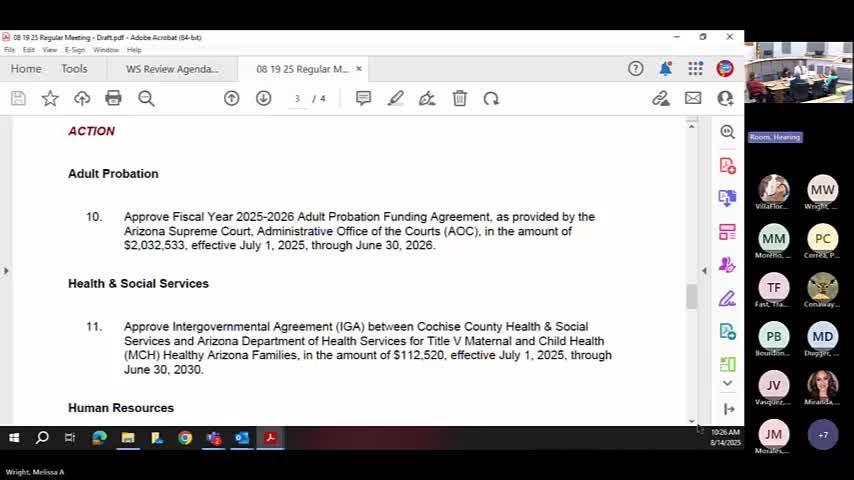Legal confusion over the distribution of medical marijuana licenses continues in Alabama, leaving people in need stripped of their health benefits. This is against the wishes of the state Legislature and Governor Kay Ivey. A cloud of confusion and apparent incompetence has cast a shadow over the licensing process, raising questions and concerns.
Under the state's medical marijuana law, the Alabama Department of Agriculture and Industry plays a key role, along with the Alabama Medical Cannabis Commission (AMCC). However, the ministry's responsibilities, particularly regarding regulation and inspection, have been largely ignored.
This neglect is becoming clearer as the complexities of the law become clearer. State law states that AMCC cannot issue a license to any facility without prior inspection, ensuring compliance with strict state requirements. However, AMCC circumvented this requirement by “awarding” licenses and delaying issuance until after inspection. When asked about this deviation from the law, AMCC cited staff shortages as the reason. But is this a genuine constraint, or a deliberate ploy to hide something more sinister?
Alabama Code of Laws 1975 § 20-2A-50 outlines the state's preemptive regulation of medical marijuana from seed to sale. This stipulates that all functions, including cultivation, must be licensed, and the Ministry of Agriculture and Industry is responsible for cultivation. Despite this clear direction, the AMCC has not sought assistance or delegated the obligation to implement the application to the Ministry of Agriculture and Industry.
A significant unresolved issue in medical cannabis licensing is the lack of critical on-site testing to evaluate potential licensees. Officially, a lack of talent is cited as the main reason for bypassing this critical step. Notably, the Department of Agriculture, which is tasked with overseeing cannabis cultivation, including inspection, is inexplicably absent from the process.
In Alabama Code of Laws 1975 § 20-2A-50, the law provides:
(a) The State shall hereby preemptively regulate medical cannabis from seed to sale and shall reasonably regulate and control all aspects of the medical cannabis industry to meet the intent of this chapter. All functions and activities related to the production of medical cannabis within the state shall be licensed, and licenses shall apply to integrated facilities as well as categories of cultivators, processors, dispensaries, secure transporters, and testing laboratories. shall also be granted to independent entities belonging to. .
(b) The commission shall license and regulate all aspects of medical marijuana, other than cultivation, under this section. The Department of Agriculture and Industry shall license and regulate the cultivation of hemp. In the case of integrated facility licenses, the commission and the department shall enter into a memorandum of understanding regarding the sharing of enforcement authority over cultivation function regulations, licenses, and licensees.
There is widespread speculation that manipulation in the licensing process, particularly application guides and regulatory releases for 2022 and beyond, may have been tailored to favor certain entities, such as multi-state cannabis companies. If agricultural inspectors had conducted on-site inspections, some facilities might not have been able to obtain licenses due to legal violations. This raises suspicions of potential collusion, perhaps to ease the path for selected applicants by removing the Department of Agriculture from its statutory role.
In the summer of 2022, the Department of Agriculture enacted detailed regulations regarding cannabis cultivation. However, they unexpectedly discontinued their involvement in the sector without giving a clear reason, leaving questions as to why the department had retreated to the sidelines, especially given its regulatory and inspection obligations. The law remains binding and requires agriculture to be involved in permitting and regulating cultivation. The Department of Agriculture is legally required to create regulations for cannabis cultivation, and there is no reason why the Department should not assist with the licensing and inspections required by law. The question then arises as to why these tests are not performed.
Complicating matters from the start of the process was a complex scoring system that allowed some applicants to earn points despite not meeting the statutory requirements. The Department of Agriculture is not conducting inspections despite its statutory obligation, and the Cannabis Commission's admission that it is understaffed for on-site inspections undermines the Department's commitment to statutory compliance and removes the Department from its role. It casts doubt on the motivation for doing so. This could be seen as a ploy to benefit multi-state operators who received licenses in the first round by removing key regulatory agencies from the process.
Currently, AMCC is attempting to protect its members from taking depositions that could reveal these embarrassing issues. Montgomery Circuit Judge James Anderson intends to allow those depositions. It is also time to examine why the Department of Agriculture has been left out of its mandate on this important issue. Also, given AMCC's departure from Congress' directive that AMCC share regulatory duties with the Department of Agriculture, perhaps it is time for Congress to consider and take action to ensure legal requirements are implemented. It may have come.







